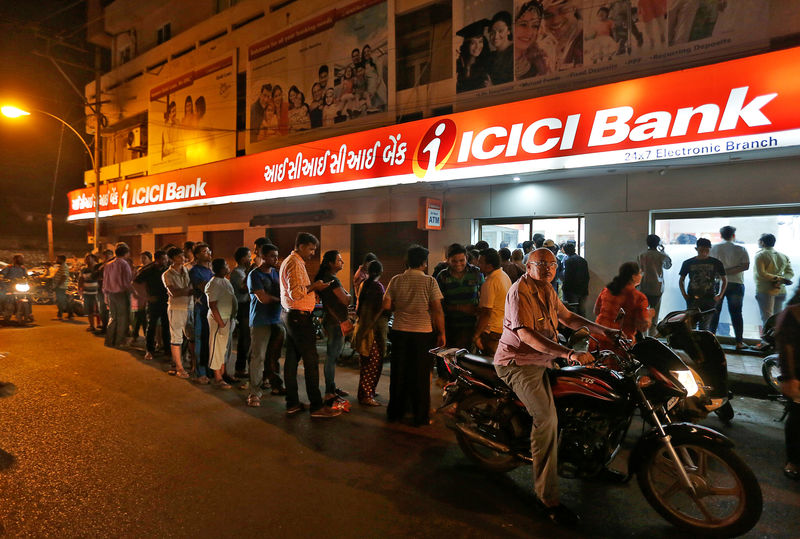© Reuters.
In a move that is likely to cause an increase in Equated Monthly Installments (EMIs) for loans linked to it, ICICI Bank and the Bank of India have raised their Marginal Cost of Funds based Lending Rate (MCLR) starting from November 1, 2023. The one-year MCLR benchmark, used for various consumer loans, has been affected by this change.
ICICI Bank has increased its one-year MCLR to 9 percent, following a hike of 5 basis points across all tenures. Concurrently, the Bank of India has revised its one-year MCLR to 8.75 percent, raising its loan rates by up to 5 basis points for certain tenures.
The MCLR system was introduced back in April 2016 as a replacement for the ‘Base Rate’ system. It sets the minimum interest rate for a loan with the aim to enhance monetary policy transmission and improve transparency in the interest rate-setting process. Any changes in MCLR have a direct influence on interest rates and EMIs of loans that are linked to it.
Despite a significant increase of 250 basis points in repo rates, Reserve Bank of India (RBI) Governor Shaktikanta Das noted that this hike hasn’t been fully passed on to bank lending and deposit rates. This suggests potential further increases could be on the horizon. The last increase in the repo rate was by 25 basis points in February 2023. Since then, the RBI Monetary Policy Committee has maintained the repo rate at a steady 6.5 percent.
InvestingPro Insights
In light of recent changes in the MCLR, it is crucial to examine the financial standing of ICICI Bank (ICBK) and the Bank of India (BOI). InvestingPro data provides valuable metrics that can help us understand the potential impact of these changes on both banks.
For ICBK, the adjusted P/E ratio as of Q3 2023 stands at 11.05, indicating a relatively low valuation. The PEG ratio of 0.03 suggests the company’s earnings are expected to grow significantly. The return on assets, at 1.27%, is a measure of how profitable the bank is relative to its total assets.
Turning to BOI, the adjusted P/E ratio as of Q2 2023 is 16.54, slightly higher than ICBK. The bank’s revenue for the same period was 564.56M USD, with a gross profit margin of 73.88%, demonstrating its ability to convert sales into profit.
InvestingPro Tips offer additional insights. For ICBK, it is noteworthy that the bank has raised its dividend for 3 consecutive years, indicating a commitment to returning capital to shareholders. Analysts have also revised their earnings upwards for the upcoming period. However, the bank is quickly burning through cash, which could impact future operations.
For BOI, analysts predict the company will be profitable this year, and the bank has seen high returns over the last year. Revenue growth has been accelerating, which is a positive sign for future performance.
For more detailed tips and metrics, consider exploring InvestingPro’s comprehensive financial data. There are 14 additional tips available for ICBK and 11 for BOI, which can provide further guidance for investors and stakeholders.
This article was generated with the support of AI and reviewed by an editor. For more information see our T&C.
Read the full article here




